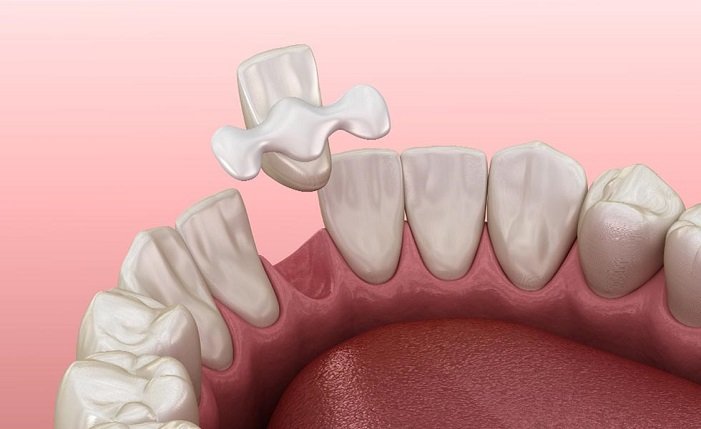A Maryland bridge is a type of dental prosthetic used to replace missing teeth. It’s a popular choice for patients who need a simple and non-invasive solution for a missing tooth, especially in the front of the mouth. Unlike traditional bridges, which require extensive preparation and shaping of the surrounding teeth, a Maryland bridge is a more conservative option that preserves your natural tooth structure.

In my experience as someone familiar with this topic, the Maryland bridge is often a game-changer for patients who want to restore their smile without undergoing major dental procedures.
How Does a Maryland Bridge Work?
A Maryland bridge consists of a false tooth, known as a pontic, which is held in place by metal or porcelain wings. These wings are bonded to the backside of the adjacent teeth, providing support for the bridge. Since the wings are attached behind the teeth, the bridge is practically invisible when you smile.
This bridge is most commonly used for replacing a single missing tooth. It’s especially suitable for front teeth, as these experience less biting force compared to molars.
Why Choose a Maryland Bridge?
Here are some reasons why a Maryland bridge might be the right choice for you:
- Non-Invasive Procedure: Since it doesn’t require extensive reshaping of the adjacent teeth, the Maryland bridge is a conservative option.
- Cost-Effective: Compared to implants and traditional bridges, it’s often a more affordable solution.
- Quick Installation: The procedure is straightforward, and you can usually have your new bridge in place after just two dental visits.
- Preserves Natural Teeth: Unlike traditional bridges, a Maryland bridge doesn’t involve the removal of healthy tooth enamel.
Who is a Good Candidate for a Maryland Bridge?
Not everyone is an ideal candidate for this type of bridge. Based on my observations, here are some factors that make someone suitable for a Maryland bridge:
- Good Oral Health: Healthy gums and surrounding teeth are essential for the bridge to stay securely in place.
- Missing One Tooth: It’s best for individuals who need to replace a single missing tooth, particularly in the front.
- Strong Adjacent Teeth: The adjacent teeth need to be strong enough to support the wings of the bridge.
The Process of Getting a Maryland Bridge
The process of getting a Maryland bridge is simple and typically involves the following steps:
- Consultation and Examination: Your dentist will assess your oral health and determine if a Maryland bridge is the right solution for you.
- Preparation: The adjacent teeth may require minimal preparation to ensure the wings bond properly.
- Impressions: Your dentist will take impressions of your teeth to create a custom-fit bridge.
- Bonding the Bridge: Once the bridge is ready, it will be securely bonded to the backside of the adjacent teeth using dental adhesive.
- Final Adjustments: Your dentist will make any necessary adjustments to ensure the bridge fits comfortably and looks natural.
How to Care for Your Maryland Bridge
Proper care is crucial to maintain the longevity of your Maryland bridge. Here are some tips I recommend:
- Good Oral Hygiene: Brush twice a day and floss daily to keep your teeth and gums healthy.
- Avoid Hard Foods: Biting down on hard foods like ice or nuts can dislodge the bridge.
- Regular Dental Checkups: Visit your dentist regularly to ensure the bridge remains secure and your oral health is in good condition.
- Use a Mouthguard: If you grind your teeth at night, a mouthguard can help protect the bridge.
Potential Drawbacks of a Maryland Bridge
While Maryland bridges are a fantastic option for many, they do have some limitations:
- Limited Durability: The adhesive can sometimes weaken over time, causing the bridge to come loose.
- Not Ideal for Back Teeth: Because molars experience more biting force, a Maryland bridge may not be the best option for missing back teeth.
- Aesthetic Concerns: The metal wings may sometimes show through the teeth, though this is less of an issue with porcelain wings. Read More